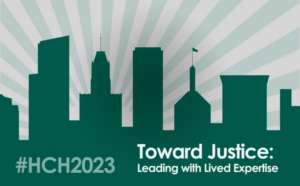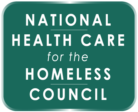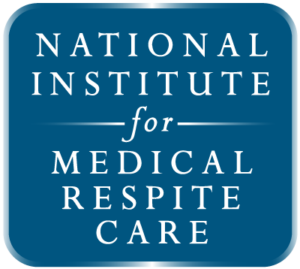People who inject substances have long been at risk for soft tissue infections and wounds. However, with the increasing presence of the novel substance xylazine (“tranq”) in the opioid/fentanyl supply, there has been a drastic uptick in wound size, severity, and complexity, with people who use tranq more frequently experiencing such complications as cellulitis, necrosis, sepsis, and limb loss. Our nurse-led street medicine team, under the guidance of an Family Nurse Practitioner who is also a Certified Wound Ostomy Continence Nurse, has worked to engage and educate participants regarding wound care and harm reduction practices. This workshop is targeted for clinicians who are licensed to provide wound care, and will review basics of wound care evaluation and referrals, how to provide wound care via a harm reduction lens, and address some of the complex questions of medical ethics including beneficence, non-maleficence, justice, and autonomy as it pertains to providing wound care to people experiencing homelessness who use substances.
Background: Xylazine is currently present in over 90% of the opioid/fentanyl supply in our city. Consequently, our area has seen a drastic increase in the amount of people with severe necrotic ulcerations, which can often occur even on body parts where people are not injecting, or even with snorting tranq. These wounds have led to hospitalizations, sepsis, and limb loss. Our team noticed that people were refraining from showing these severe wounds to their providers because they were embarrassed by the appearance and odor, and they were afraid they were going to be recommended for hospitalization and amputation. However, our FNP/CWOCN began to develop certain wound techniques that facilitated participants’ abilities to more safely manage their wounds, and reduce harm, promote healing, and prevent hospitalizations even while people are still actively using substances. However, with the explosion of these new wounds among people living on the streets of our city, there also was an increased demand for wound care, which led people who are inexperienced or unlicensed to provide wound care to begin offered supplies and wound services. We noted that in some cases the dressing selections were inappropriate and caused more harm than good. We worked to develop methods to educate our patients on what is beneficial and harmful in wound care so they can advocate for themselves.
Speakers: Kara Cohen: Associate Director of Street Medicine, Project HOME Healthcare Services; Lydia Williams: Family Nurse Practitioner, Project Home Healthcare Services
Session Materials:



